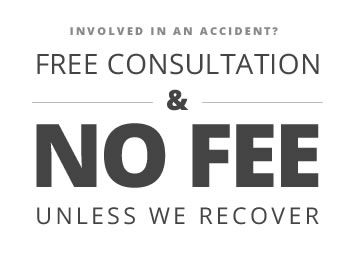While the majority of Maryland car accident cases settle or are otherwise disposed of in the pre-trial phases of litigation, some matters do go to a full trial. However, the proceedings are quite different from what you may have seen in the movies or on TV. Your attorney will take the lead in representing your interests if your car accident case is headed for a trial, but the anatomy of a typical personal injury case will help you understand what to expect.
Jury Selection:
In cases where a jury will decide the factual issues, one of the first stages of a trial is to select the members of the jury. The respective attorneys choose prospective jurors by asking questions about personal backgrounds and issues relevant to the case. A judge can excuse jurors, and the lawyers for either side can move to exclude members that they feel aren’t appropriate for some reason.
Opening Statements:
The Maryland trial process commences with opening statements from both parties; the plaintiff – the person who filed the lawsuit for personal injury – goes first, and the defendant follows. No witnesses will testify during opening statements, and no evidence is presented. Rather, the plaintiff summarizes the facts and legal issues that demonstrate the defendant’s liability. The defendant uses opening statements to contest these matters and present defenses.
Calling and Cross-Examining Witnesses:
The core of the trial is the presentation of witnesses and key evidence. The plaintiff is first to call witnesses for direct testimony, eliciting information from the person through questioning. In a car accident case, some of the people testifying may not be actual “eye” witnesses that were present at the scene of the collision. Medical witnesses – such as the physicians who treated you and specialty experts on your injuries – may also take the stand.
At the conclusion of direct examination by the plaintiff’s attorney, the defendant will have the chance to cross examine the witness in an attempt to weaken the testimony. After the plaintiff calls all relevant witnesses, it’s the defendant’s turn for direct questioning.
Closing Arguments:
At the conclusion of all witness testimony and presentation of evidence, the parties will have the change to make closing arguments. Similar to the opening of the case, both sides will summarize the issues and attempt to convince the jury to agree with their point of view.
Jury Deliberation and Verdict:
After the judge instructs the jury on the legal standards they must use to determine the case, the members will leave to deliberate on the case. The jury will decide whether the defendant is liable and, if so, how much compensation should be awarded to the plaintiff. Deliberations can take several hours – or up to several weeks, in complex cases. Once the jury reaches a decision, the foreman informs the judge, who announces it in open court.
This is just a skeleton outline of the proceedings at a full trial on a Maryland car accident case. Often, the process can be much more complicated due to complex medical matters, liability issues, and compensation calculations. A knowledgeable personal injury attorney has experience in the law and in critical court procedural rules that can make or break your case. If you’ve been injured in a car accident, please contact attorney Michael A. Freedman with questions about the trial process.
See Related Blog Posts:


